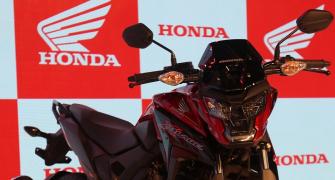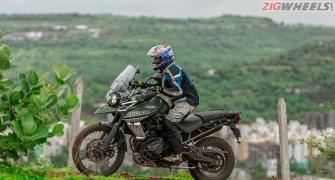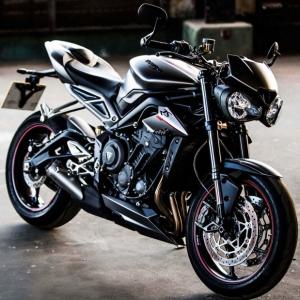Is the new Kawasaki Ninja 400 just a Ninja 300 with an extra 100cc? Or is there more here than meets the eye? Priyadarshan Bawikar finds out.
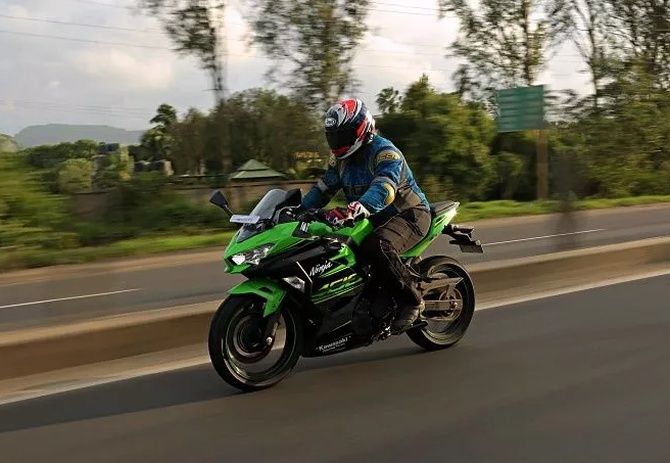
If I had to use one word to describe the Kawasaki Ninja 400 as soon as I hopped off after my first ride on it, it would be 'shocking'!
This small(ish) capacity Ninja isn't new to shocking us... the first time it did so was when Kawasaki announced the prices in April of this year.
Now, though, it's giving us that good-kinda shock. Because, after years of getting somewhat insipid 250s and 300s, this 400 finally feels like a proper Kawasaki! And here's why...
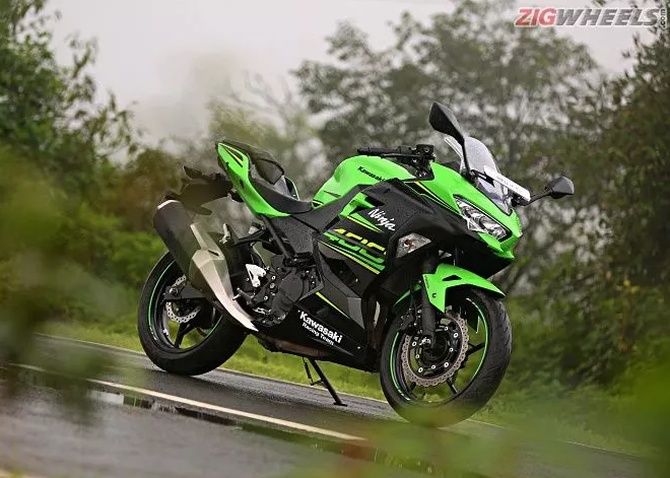
It's got proper Ninja performance
Powering this new baby Ninja is a 399cc, liquid-cooled, parallel-twin motor that is based on the one from the Ninja 300. But, in most ways that matter, this is a new engine.
Both bore and stroke dimensions have been increased (from 62x49mm to 70x51.8mm) and the cylinders are more oversquare than before.
Even the compression ratio has been bumped up from 10.6:1 to 11.5:1.
The end result is a whopping 49PS of power coming in at 10,000rpm, which is 10PS more than the Ninja 300.
It even manages 38Nm of torque -- an increase of 11Nm over the N300.
And these power and torque figures are the highest in the segment as well.
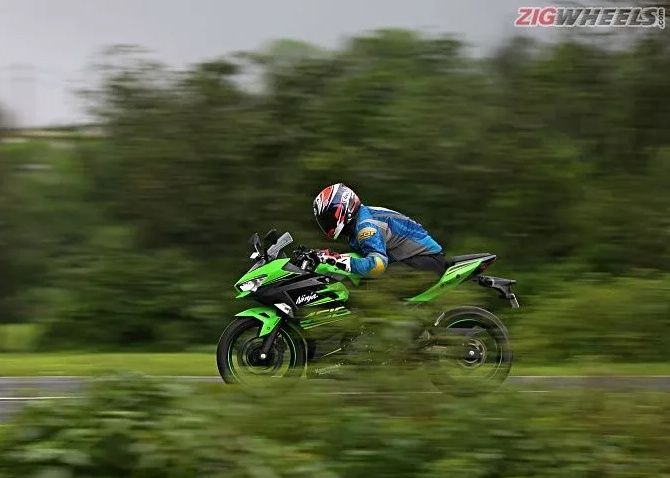
Thanks to this performance bump, the Ninja 400 has gone on to become the quickest bike we've tested in this category, getting to 60kmph in just 2.44 seconds and 100kmph in 5.40 seconds.
It even manages great roll-on acceleration figures, managing the 30-70kmph run in third gear in 4.27 seconds and 40-80kmph in fourth gear in 4.45 seconds, of which the latter is segment-leading as well.
And at a tested top speed of 159.83kmph, this Ninja 400 is the quickest bike in this segment as well.

This motor has got real Ninja character
Don't get us wrong; the Ninja 300 is a great bike with a very likeable motor -- it's super smooth.
But it's also really peaky, which makes it quite boring in the low to mid-range.
The Ninja 400, on the other hand, not only makes more peak power and torque than this motor; it also makes it at much lower rpm as well -- 10,000rpm and 8,000rpm respectively.
And that completely changes the character of this engine compared to the 300's.

Below 4000rpm, this 400 is just as tractable and can pull from 40kmph in sixth gear without skipping a beat, which makes city riding an absolute breeze.
Get it past the 4000rpm mark though, and the motor starts to get quick and the speeds really start to climb.
In fact, at 7000rpm in sixth gear, it'll happily sit at 120kmph all day long without even a hint of vibration.
And that's great news for anyone who really plans to take this Ninja 400 touring over long distances.
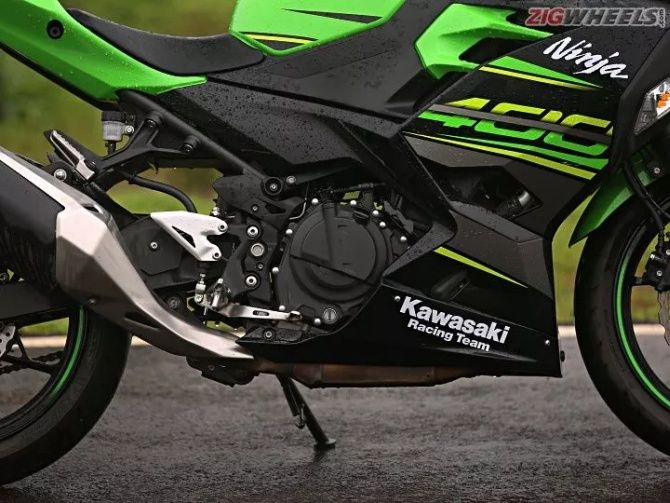
Get the motor past the 8000rpm mark though, and it wakes the f*** up! The exhaust note goes into a lovely howl, and it starts to really move like a stabbed rat.
It actually gets fast enough to get you into trouble if you're not careful -- getting to the 100kmph mark in just second gear!
At this point though, the motor is far from smooth -- there is a certain gruffness that can be heard and felt, and there's a buzz in the handlebars and the footpegs too.
That said, this buzz never really gets to the point where it'll start bothering you. What it does manage to do is make the motor feel, cliched as it sounds, alive.
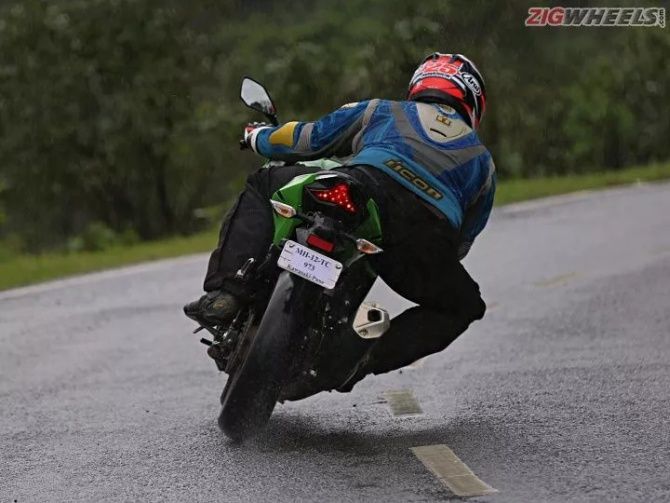
It handles like a Ninja should
It's not just the Ninja 400's motor that's a complete departure from the 300's. Even the chassis is completely different.
While the 300 used a diamond type frame, Kawasaki has switched to a trellis frame for this one, similar to what you see on the company's 650s.
Even the steering geometry is a lot tighter compared to the 300, with a rake and trail of 24.7 degrees and 92mm, respectively.
The wheelbase too is now a fairly short 1370mm -- 35mm shorter than the 300.
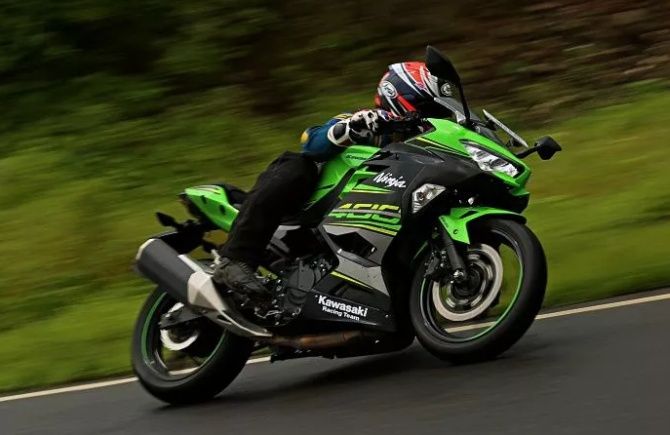
So where the 300 feels rather easy-going when it comes to handling, the 400 is super sharp.
The apt way to describe this would be 'telepathic', almost reminding us of the first generation Yamaha R15. You just think it and the Ninja 400 is willing to change direction.
It needs very little steering effort, even when you're transitioning from one corner to the next.
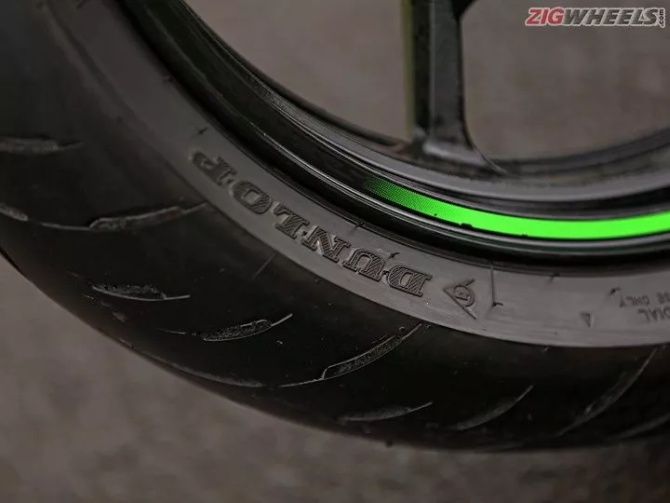
But don't think that just because the Ninja 400 can turn rapidly, it feels twitchy. Thanks to a long swing arm, it has inherent stability when you need it as well.
Another factor that contributes to the bike's mid-corner confidence is the fact that Kawasaki has dumped the IRC tyres that they provided with the 300 in favour of Dunlop Sportmax rubber -- 110/70 R17 at the front and 150/60 R17 at the rear.
Now we've ripped on these tyres before on larger bikes in the past, but they work really well on the 400 and provide plenty of grip, even in the rain.
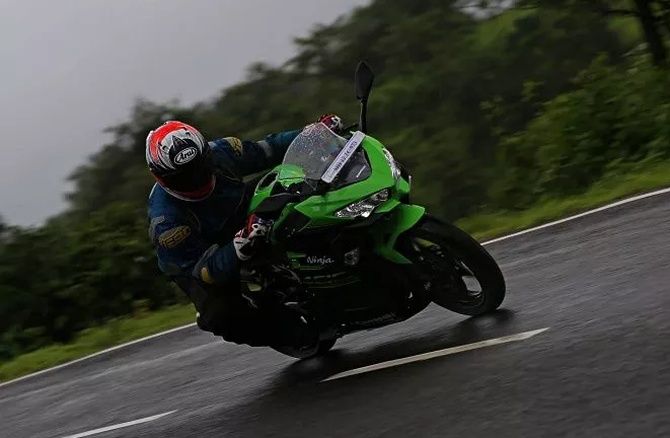
So not only is this quicker in a straight line, we think its got its competition beat in handling too.
If it came down to a battle of lap times on a racetrack, this will run circles around the Ninja 300.
Heck, it'll lap faster than a Yamaha R3 as well. And against the KTM RC390? Well, let's just say that if I was a betting man, I'm putting my money on Team Green!
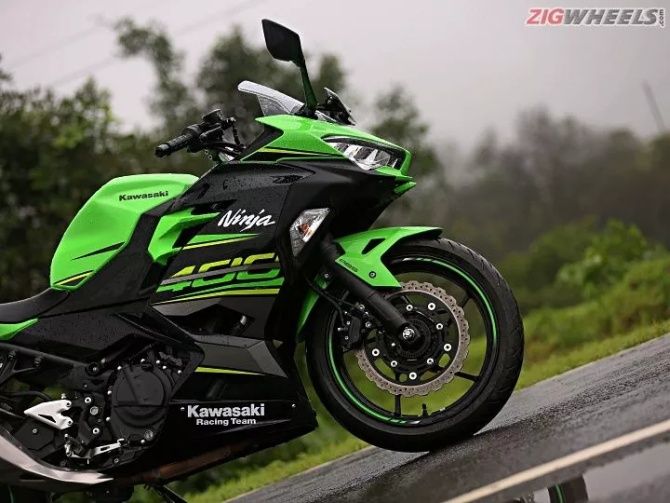
But if we're nitpicking, we also have to mention the brakes.
Don't get us wrong, braking performance from the 310mm petal front disc and 220mm petal rear disc is excellent.
The Ninja 400 actually brakes from 80kmph to zero in just 28.98 metres, and from 100kmph in 45.50 metres.
Now both of these braking distances are best-in-class. And even ABS calibration, especially for the rear brake, is excellent.
But we really wish that there was more bite in the front brake lever's initial travel.
And no adjustable levers for this expensive a bike feels like a bit of a letdown.
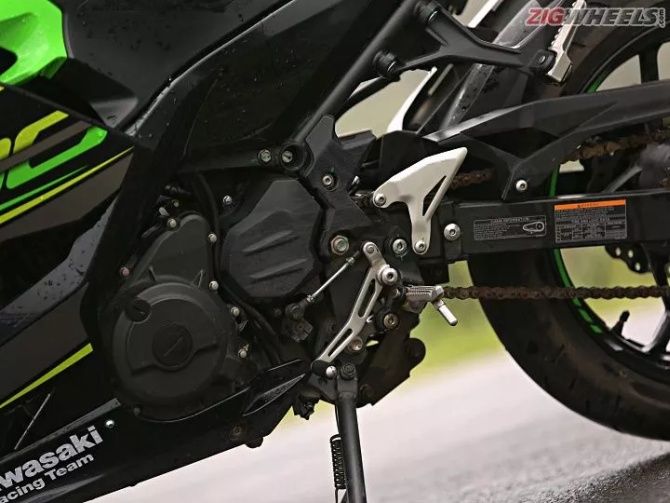
It's got surprisingly good ride quality
When it comes to suspension, the Ninja 400 packs beefier 41mm, non-adjustable telescopic forks at the front and a preload adjustable linked monoshock at the back.
The front end is set up a little on the softer side, so on very sharp bumps, it can bottom out.
The rear, on the other hand, feels slightly stiffer in comparison and can feel just a tad bouncy on the same sort of bumps.
But this setup really works well as the front has the pliancy to deal with bad road conditions without knocking the bars out of your hands, while the rear doesn't squat or stand easily under hard acceleration or braking.

That makes the overall ride quality not as harsh as the KTM RC390's, or as soft as the Yamaha R3's -- effectively offering what we think is the best-balanced suspension setup in this class.
So whether you're tackling the daily commute or tearing it up on a mountain road, the Ninja 400's suspension really has you covered.

Kitna deti hai?
Let's face it, this is a question you're bound to encounter in India no matter what bike you're riding.
The 400 impresses here as well, managing 24.5kmpl in the city and 30.4kmpl on the highway.
For a bike with so much performance, that's really good… bettering some of its competition too!
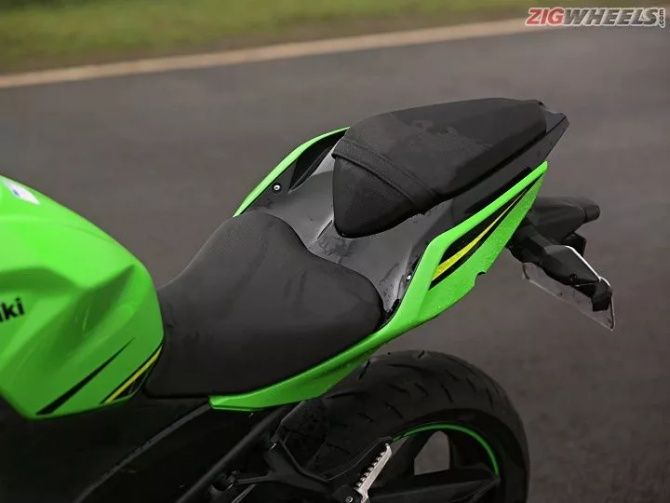
One size doesn't fit all
We've got a bone to pick with the Ninja 400's ergonomics.
At 785mm, the seat height is low enough for most riders, even those who are about 5'5" to 5'6", to get their feet on the ground easily.
The handlebars are kinda tall too, so you don't have to lean too much towards them. And the bars have also been pulled a little towards the rider, so reaching them is easy.
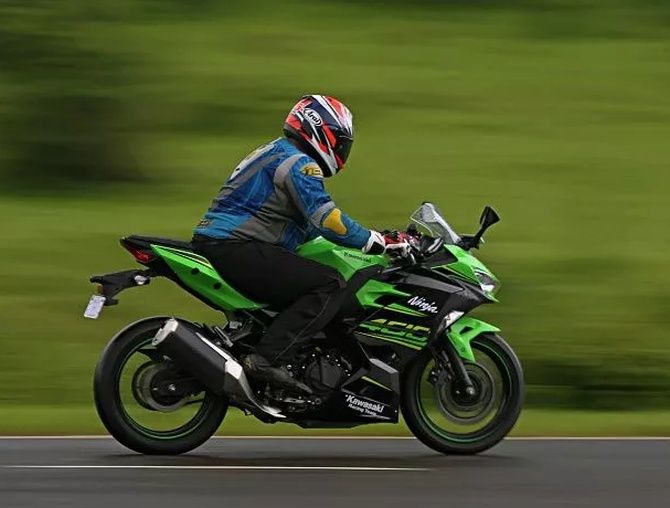
Now if you're commuting, this riding position is great. But the moment you want to attack corners -- and this bike just begs you to attack corners -- this riding position feels a bit too tight for moving around on the bike.
Ideally, a slight downward drop of the clip-on bars would've worked much better here.
If you're about 5'8" or under, this might not be much of an issue, but it feels rather cramped if you're a couple of inches taller than that.
And if you're well above 6' in height, the position will feel cramped even when you're cruising on the highway.
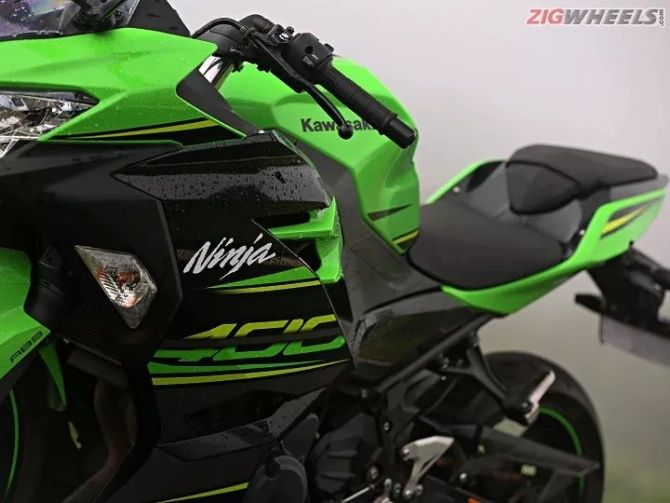
And speaking of size...
Again we're not exactly complaining here, but where the 300 looks like a scaled down ZX-10R, the 400, with its flatter nose, is more like a mini H2.
The Ninja 400 is available in India in just one paint scheme -- this KRT green, which might seem a little too loud for everyone's taste.
One of the things we did love about the design, though, is the negative LCD instrument cluster which looks rather premium. And the overall build quality is top notch too.
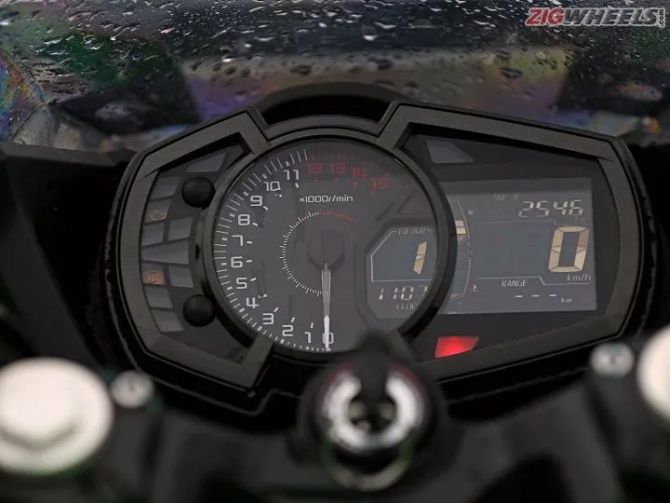
But the problem here is that it looks smaller even compared to the Ninja 300.
Now you can blame that on the smaller 14-litre tank and compact ergonomics. So, essentially, those who want a big bike look might want to look elsewhere.
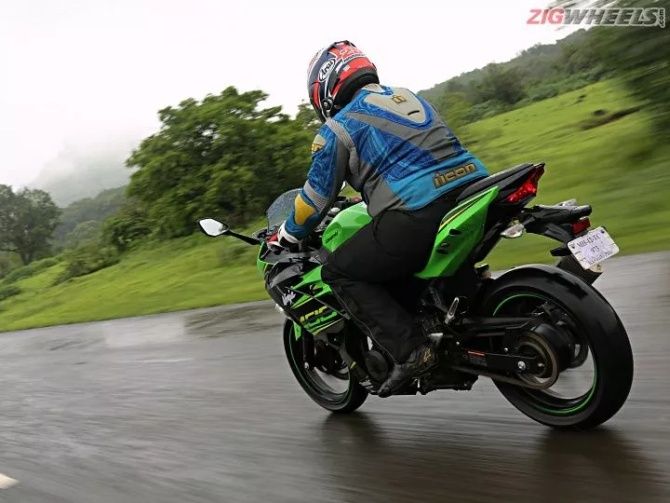
The biggest shock
The biggest problem we have with the Ninja 400 is its price.
At Rs 4.69 lakh (ex-showroom India), it's now Rs 1.70 lakh more than the Ninja 300.
Heck, it's Rs 1.2 lakh more than the Yamaha R3.
And you can almost buy two KTM RC390's in the price of one Ninja 400.
If it was Rs 1 lakh cheaper, it would be the perfect machine for anyone upgrading from a 200cc motorcycle.
In fact, at that price, it'd be easy to recommend it to pretty much everyone.
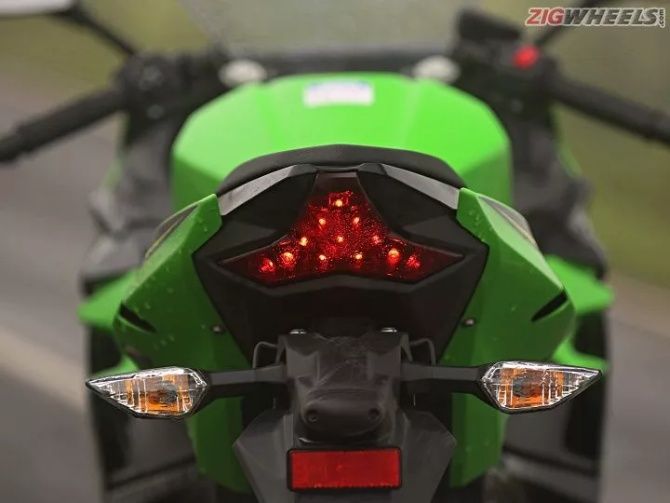
And this really breaks our hearts because the Ninja 400 is it is that 'perfect 400cc bike for India' that we enthusiasts have been pining for over the last decade!
It's just too bad most of us who dreamed about a bike like this won't see the sense in spending so much money on it.
Photographs: Vikrant Date


